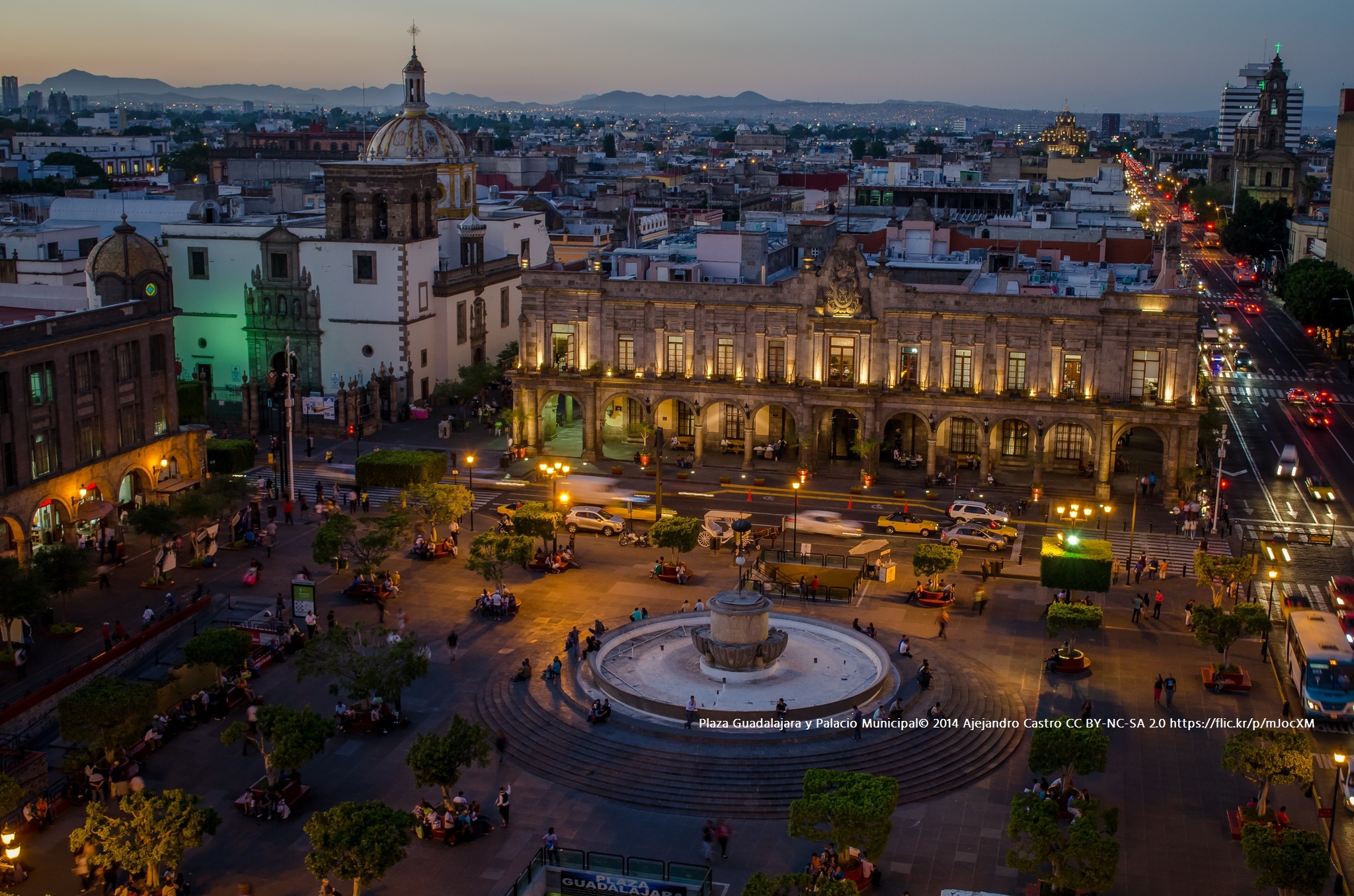Many stakeholders are now coming home after a productive week at the 2016 Internet Governance Forum (IGF) in Guadalajara, Mexico.
As the first IGF since its 10 year mandate renewal by the UN General Assembly, this was a key edition to set the stage for multistakeholder cooperation in the next few years, and to identify the issues that will have to be addressed by the global Internet community now and in the near future.
And the challenges are not missing. In a context where nationalist and de-globalization movements makes progress in all parts of the world, and where concerns of cyber security is growing, we see a new focus on borders and government control that threatens to splinter the Internet into separate networks based on technology and regulations.
It is an existential threat to the Internet we know as global, open, and reslient, but as expressed by our CEO Kathy Brown in the IGF opening ceremony, we cannot let policies of fear damage the foundational values that have defined the Internet since its creation. Openness, transparency and inclusiveness is at the heart of the Internet’s governance model, and its technical architecture is designed to facilitate change. Together they are the means to protect it.
The IGF is in this sense more important than ever, because it is the place where concerns, ideas and solutions are exchanged. It was never designed to solve the Internet’s challenges on its own, but on the contrary to support a distributed governance model based on shared principles and objectives for collaborative answers. To this end, the IGF provides a starting point in which the stakeholders can discuss their concerns such as cybersecurity, trade agreements, or how over-the-top services could create fragmentation on digital spaces – issues in which it is more important than ever to shape a common understanding of how they can be solved.
Following the ten-year review of the World Summit on the Information Society (WSIS), we have entered a new phase where the question is not anymore whether or not the multistakeholder model is a valid approach or not, but rather on how to implement it concretely to address very real issues. To us at the Internet Society, and as described in our 2017 Action Plan, this challenge can broadly be separated into Access and Trust, reflecting the fact that people need to be able to get online, but also have confidence in the system, in order for the Internet to reach its full potential.
The successful IANA transition, where the contractual relationship between the US government and ICANN on the performance of the key Internet domain name functions was transferred to the global multistakeholder community, was a good example of how all relevant stakeholders came together and reached consensus on how to govern an important function for the Internet. This was no easy process, but different views were reconciled through a common vision for the good of the Internet.
However, the IANA transition was a relatively simple challenge compared to the issues we are facing now: connecting the unconnected and taking those measures that the users of the Internet can have reasonable expectations of trust while the Internet becomes part of their lives.
Some say that easy problems on the Internet have been solved 20 years ago, and the challenges that we are facing today are those that we can only solve by realizing that the Internet is a a dynamic systems with many actors that have both self-interests and shared-interests. The Internet is an inherently complex and decentralized system where solutions come about by seeing stakeholders gaining shared understanding, assuming responsibility and taking action globally, regionally, and locally.
At last week’s IGF, we saw examples from Best Practice Forums and the Connecting the Next Billion track. We saw Dynamic Coalitions proving essential in advancing the needle on key issues, and we saw workshops on specific solutions such as the work on community networks. It has also been refreshing to see so many workshops using breakout sessions as a way to engage participants and harness expertise from a diverse audience, making the most of the opportunity that the IGF brings.
Let us also not underestimate the power of the hallway, the connections that are made between communities and the understanding that is deepened over a coffee or tequila all increase the odds that participants go home and inspire their local community, perhaps with help of new partners, to take action and to address difficult issues head on.
What is particularly inspiring are the hundreds of young fellows, often under 20, who brought their dynamism and unique perspectives on a variety of topics. This is essential, as these young leaders will be the shapers of tomorrow.
We look forward to the work and cooperations that will keep us engaged until the next IGF.

